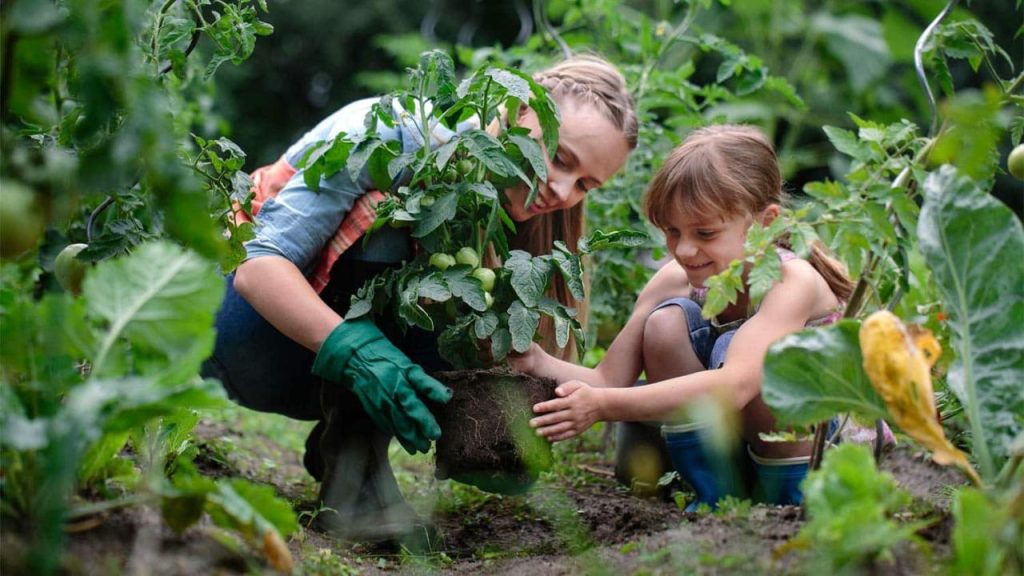
Pests and Plant Protection: Effective Strategies for Maintaining a Healthy Garden
Maintaining a healthy garden requires more than just planting and watering. It also involves protecting your plants from pesky pests that can wreak havoc on your hard work. In this article, we will explore effective strategies for pest control and plant protection, helping you maintain a thriving and pest-free garden. By implementing these strategies, you can ensure the health and longevity of your plants while enjoying the beauty and abundance of your garden.
- Identify Common Garden Pests: Start by familiarizing yourself with common garden pests in your region. Recognizing the signs and symptoms of pest infestations is crucial for timely intervention. Look out for insects, such as aphids, slugs, snails, and caterpillars, as well as diseases caused by fungi, bacteria, or viruses.
- Implement Integrated Pest Management (IPM) Techniques: Integrated Pest Management (IPM) is a holistic approach to pest control that focuses on prevention, monitoring, and intervention. By combining multiple pest management techniques, you can reduce the need for chemical pesticides and promote a healthy ecosystem in your garden. These techniques include:a. Cultural practices: Ensure proper soil health, adequate watering, and appropriate plant spacing to minimize pest susceptibility.b. Biological control: Introduce beneficial insects, like ladybugs and lacewings, that prey on garden pests. Attracting birds, bats, and frogs can also help control pest populations.
c. Mechanical control: Handpick pests from plants, use physical barriers like netting or row covers, and employ traps to catch and monitor pests.
d. Organic pesticides: If necessary, use organic pesticides as a last resort, following the instructions carefully and sparingly to minimize environmental impact.
- Encourage Biodiversity: Creating a diverse and balanced ecosystem in your garden can naturally deter pests. Plant a variety of flowers, herbs, and vegetables to attract beneficial insects and provide them with food and habitat. Avoid monoculture planting, as it can increase pest susceptibility and spread diseases.
- Practice Good Garden Hygiene: Maintaining good garden hygiene is essential for preventing pest infestations. Remove dead or diseased plant material promptly, as they can attract pests and harbor pathogens. Regularly clean your gardening tools to prevent the spread of diseases, and clean up fallen leaves and debris where pests may hide.
- Monitor and Take Action: Regularly monitor your plants for signs of pest damage or disease. Inspect leaves, stems, and fruits for holes, discoloration, or unusual growth. Early detection allows for timely intervention, reducing the risk of severe infestations. If you identify a pest problem, promptly implement appropriate control measures.
Maintaining a healthy garden involves effectively managing pests and protecting your plants from potential harm. By implementing integrated pest management techniques, encouraging biodiversity, practicing good garden hygiene, and monitoring your plants, you can create a thriving and pest-free garden. Remember, prevention and early intervention are key to maintaining plant health and reducing the need for harsh chemical pesticides.
If you have any questions or need further guidance on pest control and plant protection in your garden, feel free to reach out to me at [email protected]. Happy gardening and may your plants thrive!